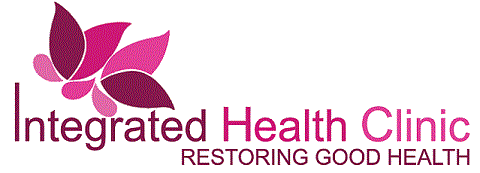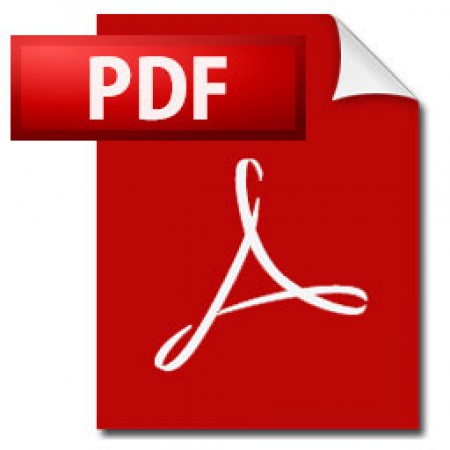Cow’s milk is widely used in many of the food that we eat. Avoiding cow’s milk is not easy as it is not always obvious which foods contain dairy. Usually children who react to cow’s milk also react to goat’s milk and milk from other animals. Achieving a dairy free diet is a gradual learning process and for anyone trying it for the first time will seem an arduous task. However, once you have done the initial hard work of identifying the offending items things will begin to be much easier.
There is no reliable text for milk allergy and therefore the best way to find out is to remove it from the diet for least one month. This must be done strictly Don’t Cheat!, otherwise it is useless and you will have to start all over again. Be aware that you may worsen before seeing any improvement. This normally lasts only a few days. Below are some guidelines;
- Check all food labels for the word ‘milk’ e.g. milk solids, non-fat milk, skim milk power, milk proteins, non-fat milk solids, butter milk.
- In the ingredients list look out for milk products, lactose, whey, casein and caseinates, lactoglubulin, lactoalbumin and curds before purchasing.
- Non-milk fat does not always mean milk free.
- Medications can contain lactose (read the label or call the manufacturer).
- Always read food ingredients labels carefully. DO NOT RELY JUST ON ALLERGEN ADVICE PANEL.
| FOODS TO AVOID | FOOD TO CHOOSE |
| Dairy All types of milk (dried, tinned, skimmed, low fat), Yogurt, Custard, Cheese and cheese spreads, Cream, Ice cream |
Dairy Soy Milk (calcium fortified), rice milk, almond milk, oat milk, coconut milk, hemp milk, potato milk. For infants and babies try Prosorbee, S-Formula soya milk and Wysoy. In case of soy allergy try Pregestimil or Nutramigin. |
| Bakery products & cerealsBread, cakes, rusks, biscuits, pastry, puddings, crumbles, cereals and crackers which are not labelled. | Bakery products & cereals All flours, sago, tapioca, rice, pasta, noodles Check labels of cereals, breads and some biscuits |
| Confectionary Chocolate, toffee, fudge, caramel. |
Confectionary Pure chocolate, Jelly beans, life savers |
| Fats Margarine, butter, mayonnaise, salad dressing, cream, sour cream |
Fats Vegetable oil, lard, shortening, ,milk free margarine, milk free margarines e.g. Pure dairy free sunflower and soya spread, |
| Meat, eggs, vegetables, fruitCold cuts, Beef stock cubes, pates, sauces | Meat, eggs, vegetables, fruit All except any that have been prepared with mild or mild products. |
| Snacks and other foods Flavoured crisps (check the label) Caramels, Nougats, Cheese flavoured snacks |
Snacks and other foods Plain and salt & vinegar potato crisps, plain corn chips, taco shells, plain nuts, jam, tomato sauce. |
Useful websites:
BDA. (2012). Mild Allergy- Practical tips to cutting out milk. The British Dietetic Association. [Accessed: 6 Sept 2012]. [Weblink]
References:
- (2012). Mild Allergy- Practical tips to cutting out milk. The British Dietetic Association. [Accessed: 6 Sept 2012]. [Weblink]
- Sydney Children’s Hospital. (2012). Milk free diet. The Children’s Hospital at Westmead & Sydney Children’s Hospital. [Accessed: 6 Sept 2012]
- Department of Nutrition and Dietetics. (2006). Milk-Free and Lactose-Free diets. Royal Children’s Hospital Department of Nutrition and Dietetics. [Accessed: 6 Sept 2012].
Compiled: September 2012

